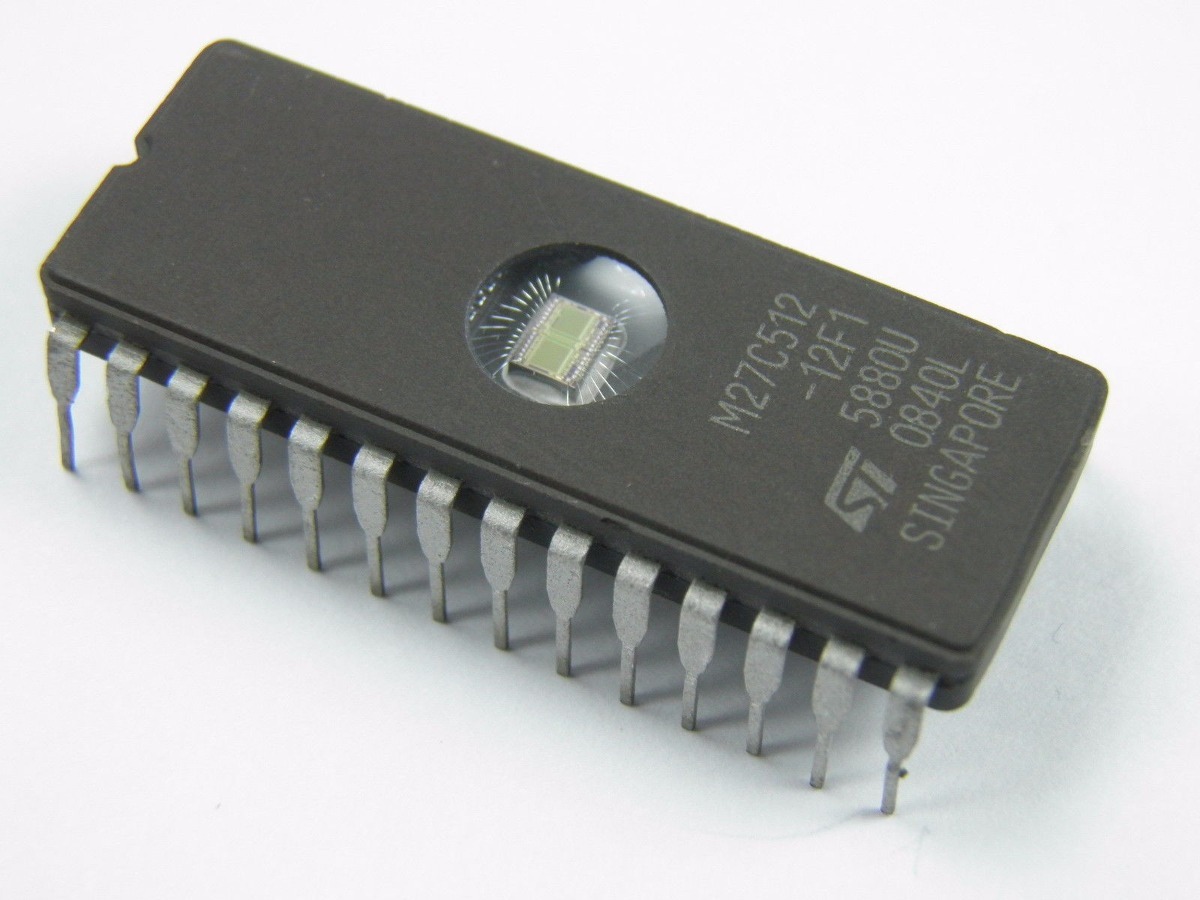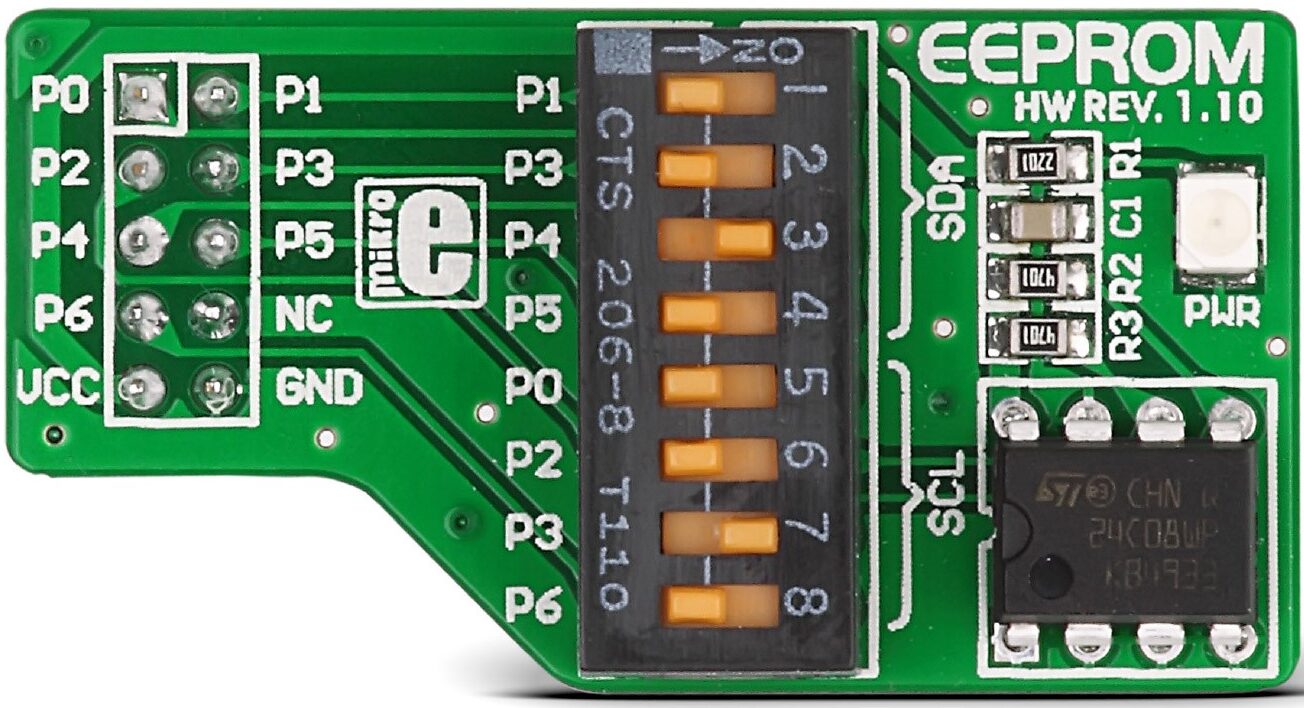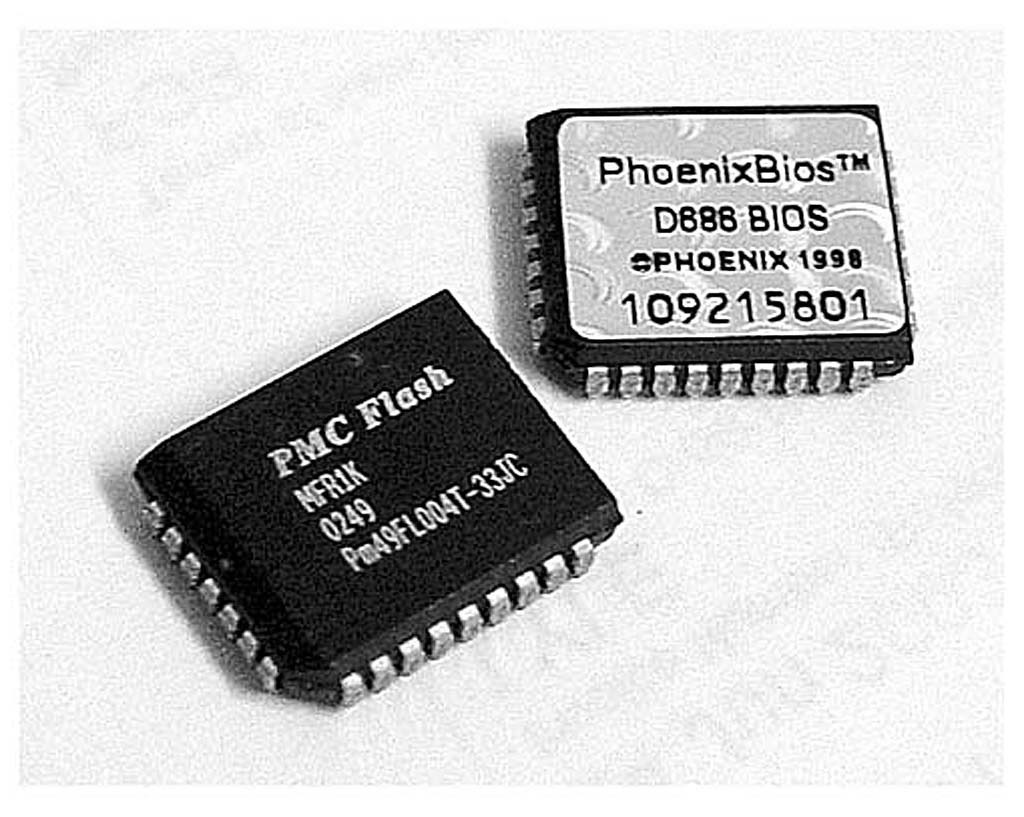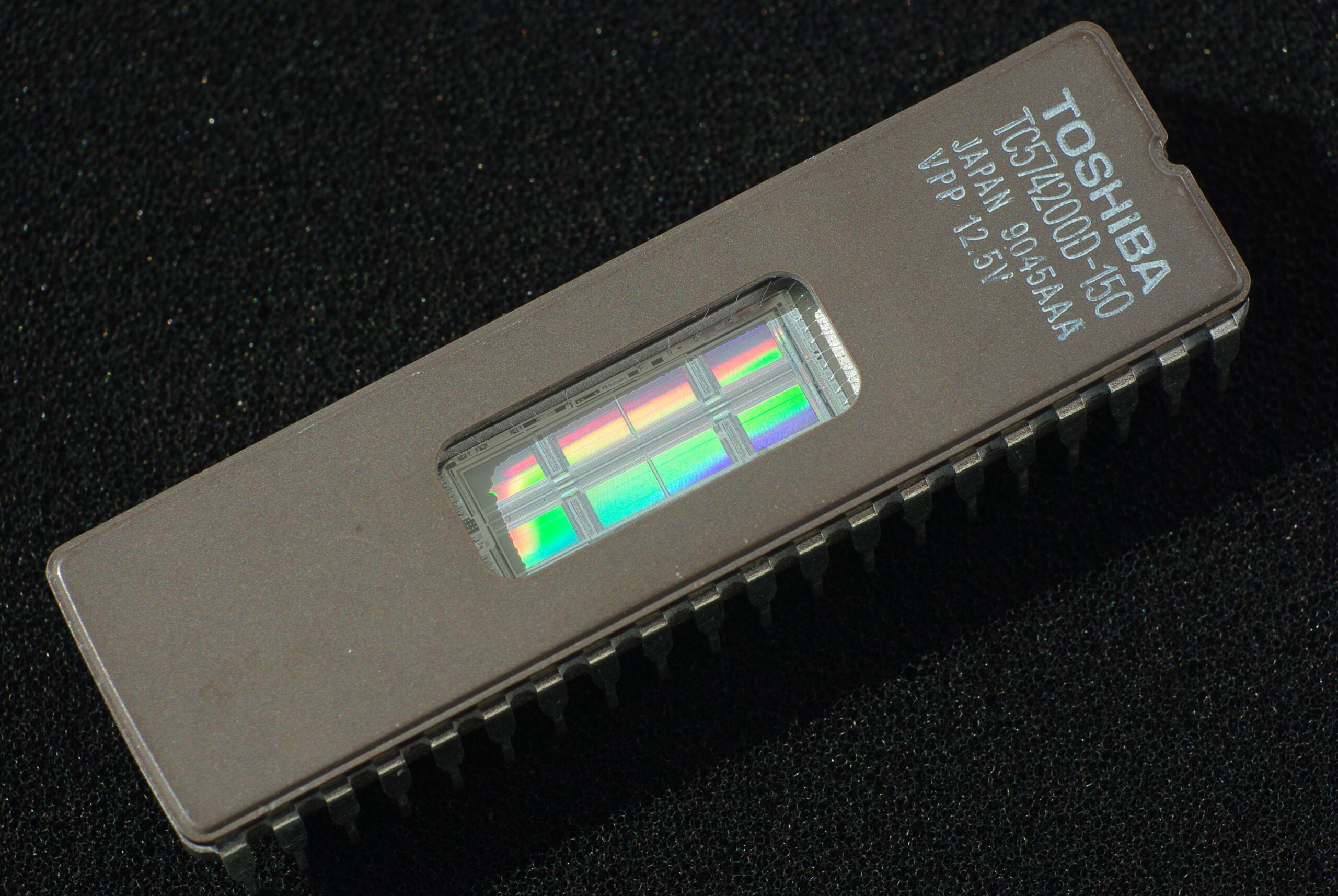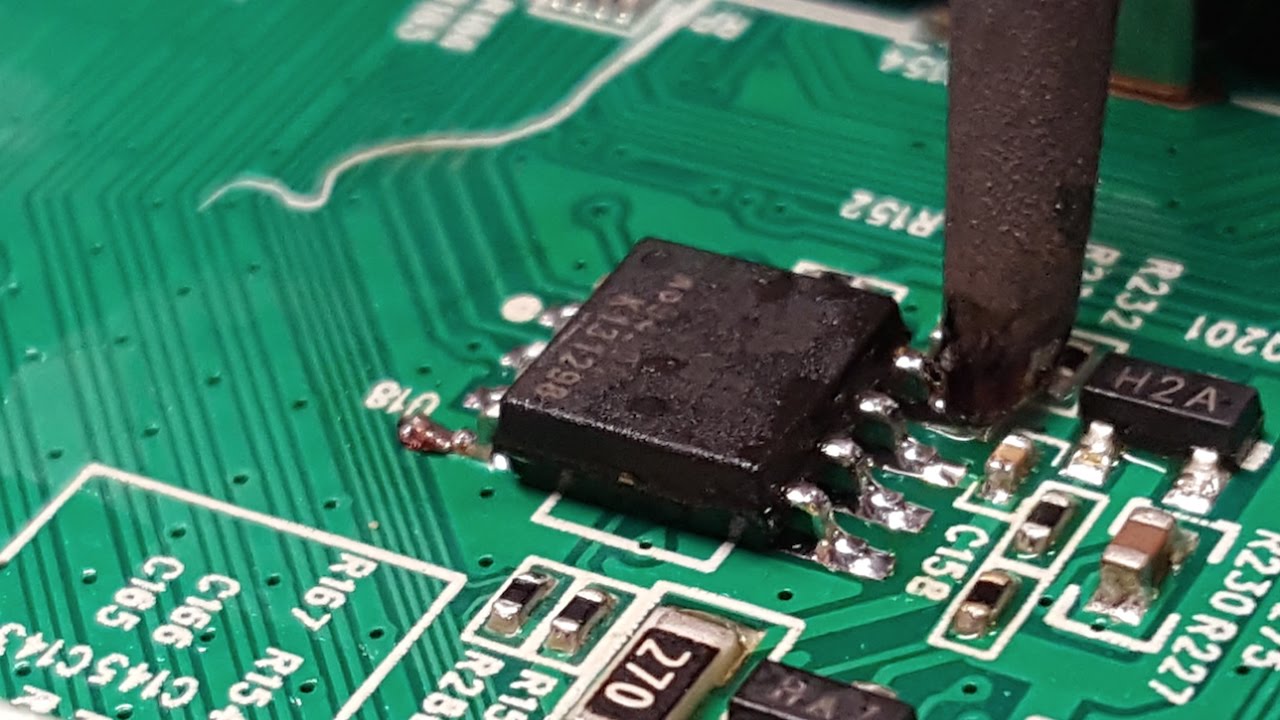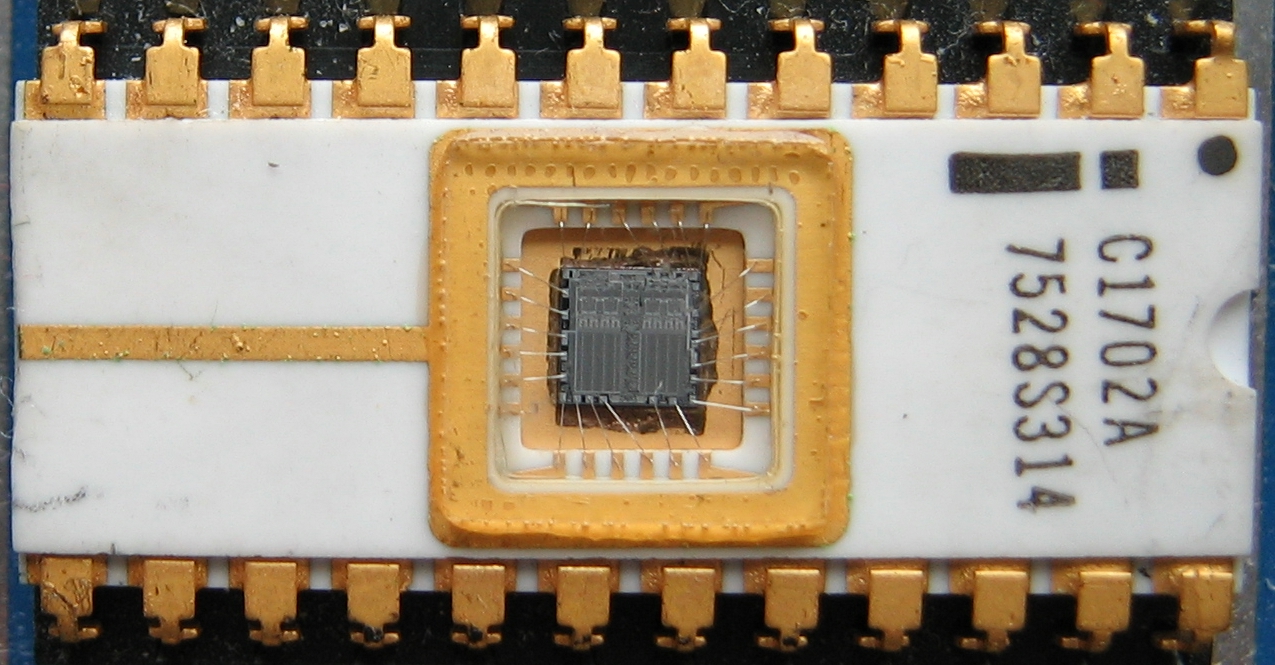
EPROM: Non-volatile, programmable and erasable memory type.
You want to know what is EPROM memory? You are in the right place, because here we will teach you everything you need to know about it, from its meaning to its characteristics and more.
EPROM memory
As we know, for a computer to function properly requires several types of memory, but do you know what is EPROM memory? Keep reading, because in this interesting and innovative article we will teach you all the details about it.
What is EPROM memory?
In principle, to know what is EPROM memory, we must know that it is a subdivision of ROM. Thus, we have that the EPROM, acronym for Erasable Programmable Read Only Memory, is non-volatile, programmable and erasable.
If you want to know more details about the meaning of ROM memory, I invite you to read the article called: ROM memory: Definition, function, characteristics and more.
Additionally, the EPROM memory is electronically programmed, after which, the information can be erased by using ultraviolet light. Next, we will mention some other characteristics that differentiate the EPROM from other types of memory.
Features
As we mentioned in the previous section on what is EPROM memory, this type of memory is non-volatile. Thus, she can keep the information stored for long periods of time; additionally, it allows it to be read in an unlimited way.
In addition, this type of memory is read-only and electronically reprogrammable, that is, the data is kept until the memory is recorded again. In this regard, it is important to mention that to carry out said reprogramming we do not need to extract the memory from the circuit board.
Additionally, the EPROM has various sizes and capacities; which range from 256 bytes to 1 megabytes. On the other hand, the ROM memory is encapsulated within a transparent quartz portion, through which ultraviolet light accesses during the information erasure process.
Regarding the way of connecting the modules to the system bus, it is asynchronous, that is, there is no clock signal that controls the basic operations of the memory. However, this connection is carried out through a controller or memory adapter.
Programming Languages
Among the aspects that help us understand what is an EPROM memory, we must mention how is its programming. In this way, it is important to highlight that to carry out this type of process we need, first of all, an EPROM programmer.
Second, we require a series of electrical impulses with voltage capacity between 10 and 25 volts. In this regard, these pulses are applied to a special pin of the EPROM memory, for an approximate time of 50 milliseconds.
Similarly, during the EPROM programming process, we need to set the address of the information. As well as, we must identify the data entries.
On the other hand, the EPROM contains a set of transistors that function as memory cells. In this way, each transistor changes state when voltage is applied to it during the programming process.
Regarding this last aspect, we must clarify that the initial state of these transistors is Off, corresponding to the logical sign equal to 1. Subsequently, the transistor turns on and stores a logical value equal to 0.
Additionally, it is necessary to highlight that this fact is possible thanks to the existence of a floating gate in each of the transistors. Thus, the electrical charge remains in said gate for a long time, allowing the recorded content to be permanently stored in the EPROM memory.
Operation
The main aspect that we must mention about the operation of the EPROM memory, is that it starts only when we have recorded content within it. After that, the next step is to install the unit inside the system, where it will remain working as a reading device nothing else.
Thus, prior to putting an EPROM memory into operation, it is necessary to change the initial state of the information cells. In other words, we must apply voltage across the transistor channel to the semiconductor material, in order to cause the upper gate to acquire a negative charge.
In addition to what we have mentioned above, we must clarify that it is possible to uninstall the EPROM memory of the circuit board where it is installed, as well as we can modify its content if we require it. In fact, if that's the case, the procedure is pretty straightforward, as discussed below.
Utility
Starting from the fact that the EPROM is a subdivision of the ROM memory, we have that its main utility is to make the computer boot. As well as providing the necessary resources for the loading of the operating system and the operation of the peripheral components.
On the other hand, the greatest application of this type of memory occurs in micro-controlled or micro-processed systems. In this way, the EPROM becomes the medium where it is possible to save information in a semi-permanent way, such as: operating systems, computer applications, programming languages and routines.
Additionally, I invite you to watch the following video, where you will find details about the application of reading and writing an EPROM memory in the automotive field.
In this regard, it is important to mention that the content to which we refer consists of a series of data bits stored in information cells. Thus, these cells contain transistors of electrical charge; which are unloaded from the factory outlet.
Erased
Regarding the erasure of an EPROM memory, the first thing to mention is that it cannot be done partially. That is, once we have made the decision, we must proceed to erase all the content that is stored in said memory.
To do this, we remove the EPROM memory from the system and erase the content of each cell with ultraviolet light. By the way, it goes through the quartz window of memory until it reaches the area where the photoconductive material is, and thus dissipates the charge that keeps the transistor on.
In this regard, it is important to mention that the process described above causes the transistor to turn off, and its logical value changes from 0 to 1. Additionally, we can highlight that the wavelength of ultraviolet light has a range of 2537 Angstroms, and the entire process may take between 10 and 30 minutes, depending on the memory capacity.
Finally, after deleting the information and its new programming, we are able to return the EPROM memory to its original place or use it in another application that requires it. However, it is important to remember that from then on this memory works only as a read-only unit.
In this regard, in the following video you can see how to record an EPROM memory, after erasing its content.
Variety
Since the birth of EPROM memories, their design has evolved. Thus, at present, the most common is to find devices that have bit storage cells, whose bytes can be configured individually.
In this regard, the distribution of these bit cells takes different names, depending on the model to which the memory belongs within the EPROM family of the 2700 series. In this way, we have internal arrangements that can be identified as 2K x 8 and 8K x 8.
Regarding the latter, for example, we can say that the internal organization of the blocks corresponds to an EPROM of model 2764. In this way, the matrix that makes up the storage cells does not escape the logic associated with decoding and selection, among others.
Additionally, this EPROM memory model has a standard terminal layout, with 28-pin encapsulation. In this regard, this type of package is simply known as DIP, an acronym for Dual In-line Package, and belongs above all to the type of arrangement called JEDEC-28.
On the other hand, there are various types of EPROM memory programming, especially with regard to the voltage level used. Thus, we can find some models that work with voltages of 12,5 volts (v), 13v, 21v and 25v.
In this regard, it is important to mention that it all depends on the manufacturer and the other characteristics associated with each of the EPROM memory devices available on the market. Similarly, it is possible to find different styles of data recording, where both the duration of the electrical impulse and the logic levels associated with the styles of operation vary.
Advantages and disadvantages
The first advantage to mention about EPROM memory is the ability to reuse it as many times as necessary. To do this, we must always make sure to erase the content and record a new one.
On the other hand, the EPROM memory represents an important technological advance, since it allows us to modify or correct the information that is recorded within it. However, this type of memory also has certain disadvantages, among which we can mention the following:
The content recording process absolutely requires a special device, called an EPROM programmer. In the same way, when we want to erase the information, we face a slow, long and complex process, because among other things we must extract the memory from the circuit board.
Finally, the process of deleting the content does not allow altering the bits individually, on the contrary, we must eliminate the entire block of information. However, in response to this problem, EEPROM memories arose.
EPROM memory emulator
The technological advances that we can enjoy today, lead us to talk about the existence of EPROM memory emulators. In such a way that it is necessary to establish both the meaning and the operation of the same.
In principle, an EPROM memory emulator is a device designed to collaborate with the development of microcontroller circuits or microprocessors, together with a monitor program. In this way, an emulator of this type takes the form of a RAM memory with two ports, one of which maintains the characteristics of an EPROM interface and the other serves as a channel to carry the data flow to said RAM memory.
In this regard, we can mention the device developed by the company AMD, which consists of an EPROM Flash memory. Additionally, we have that it has a programming voltage capacity of 5 volts and allows the memory to be reprogrammed up to approximately 100000 times.
Similarly, this device is capable of working as an emulator with high storage capacity and, at the same time, as a Flash EPROM memory programmer. Thus, once the unit fulfills its programming function, we can extract the final code from the emulator and insert it on the circuit board, after which said device will continue to behave as an EPROM memory.
Differences between an EPROM memory and a Flash EPROM memory
First of all, as we have just mentioned, Flash EPROM memory is capable of dual function, that is, in addition to behaving like a normal EPROM, it has a write input. On the other hand, the process of recording and erasing data in the new Flash memory is produced alternately, while in normal EPROMs they are two completely different and separate processes.
In this regard, it is important to mention that the manufacturer of the EPROM Flash memories took the necessary design precautions, in such a way that it is not possible that we accidentally erase some important information. Thus, this type of memory has some predetermined commands through which the data erasure and programming functions are established.
Regarding this last aspect, within the main commands we can mention the following: Reading, Reset, Self-selection, Byte, Delete chip and Delete sector. For their part, the first two are responsible for preparing the memory for the subsequent reading process, while the command called "Self-selection" is responsible for identifying both the manufacturer's code and the type of device.
Additionally, the Byte command is used to insert the new program into the EPROM memory, while "Erase chip" is used directly to start the data erasure process. Finally, through the command «Delete» sector we can individually delete the content recorded in some memory regions.
Fun facts
The birth of the EPROM memory is due to the need to solve a programming problem present in its predecessor, the PROM memory. Thus, the EPROM allows to correct any possible error derived from this process.
The EPROM memory has a transparent quartz window, which allows the access of ultraviolet light during the erasure of the content. However, under normal conditions, this window should remain closed to prevent the effects of natural light from erasing the information contained in the EPROM.
However, although we take the greatest precautions so that the information in the EPROM memory is not erased, the truth is that over time it is hopelessly altered. Fortunately, this doesn't happen until after several decades of memory use.
Summary
To better understand what is EPROM memory, one of the first aspects that we must consider is that it is a type of non-volatile, programmable and erasable memory. In this way, the EPROM is considered more useful than a memory PROM.
Features and operation
Additionally, it is important to bear in mind that this type of memory is reusable; in such a way that we can erase its content and re-record or program a new one. In this regard, this is possible thanks to the use of ultraviolet light, which penetrates the transparent quartz window that is in the upper part of the memory system known as ROM.
Regarding this last aspect, it is important to mention that once we have erased the content of the EPROM memory and we have reprogrammed it, it is ready to be used again. However, it will only function as read-only memory; either in its original location or in another system where it is needed.
On the other hand, we have that the EPROM memory improves the functionality of the PROM, in the same way that the EEPROM exceeds hers. Especially in regards to memory erasure capacity, including concerning BIOS programs.
Memory erasure
Additionally, we must mention that the process of erasing information and reprogramming the EPROM memory is slow and complex. As well as, it requires extracting the memory of the circuit board to be able to modify its content; Furthermore, it does not allow its partial elimination.
Conclusion
In short, to answer our question about what is EPROM memory, it is best to assume that it is a programmable and erasable read-only memory. In this way, we have that its main characteristic is that its content can be erased by applying ultraviolet light, after which we can program it again through electrical impulses.
